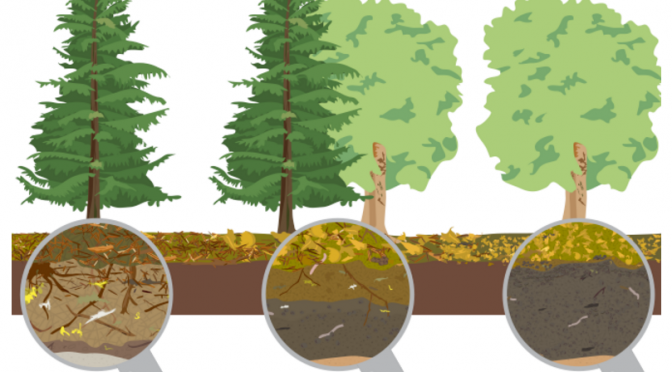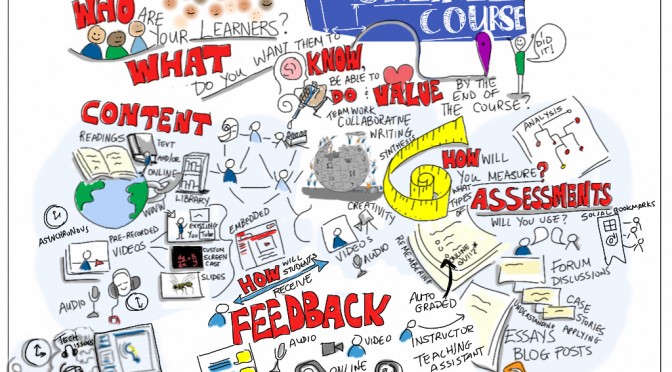“Wellbeing is addressed everywhere on campus EXCEPT in the classroom.”
Seen on a banner at the Building Connections: Wellbeing and Teaching event hosted by SFU Teaching and Learning Centre and SFU Health Promotion.
Ouch, it hurts!
It’s our job TOO in addition to content delivery, classroom management and authentic assessment, but it shouldn’t take too much of our energy, for example:
- Adding pronouns after our name on our syllabus, suggested by Adam Dyck
- Eg. Judy Chan (she, her, hers, and Ms)
- Connecting our students with our land, suggested by David Zandvliet
- Connecting students with each other
- Eg: Nicky Didicher led a meditation activity and asked us to think of the busyness of each other in the room
- Eg: Lara Aknin asked her students to generate study guides
- Connecting with students more ourselves
- Eg: Kate Tairyan adapted virtual and flexible office hours





